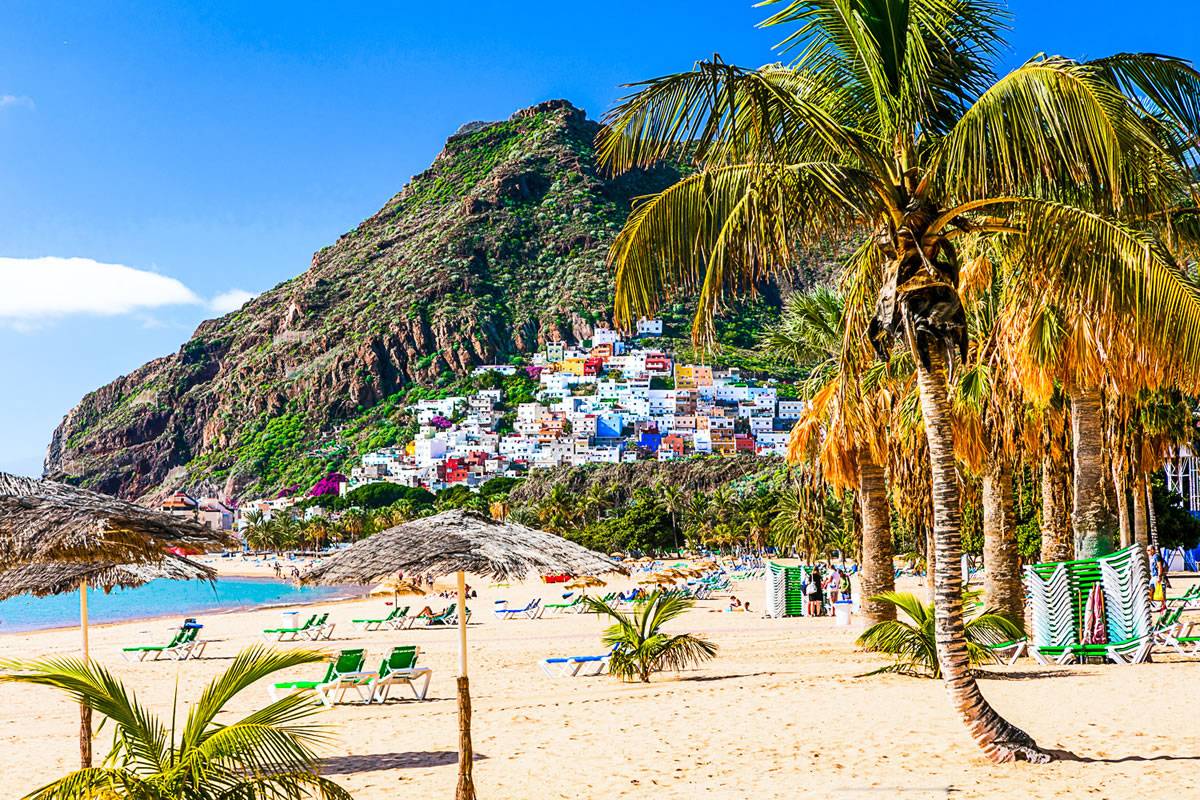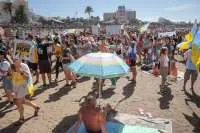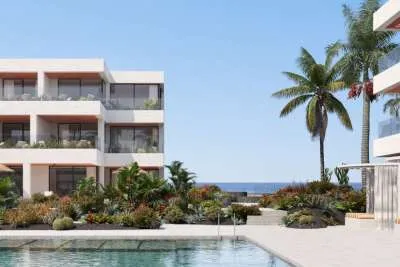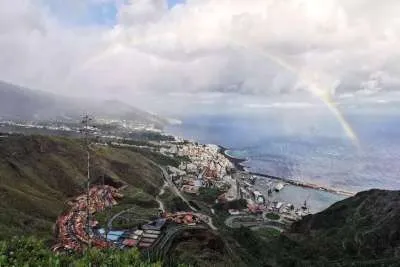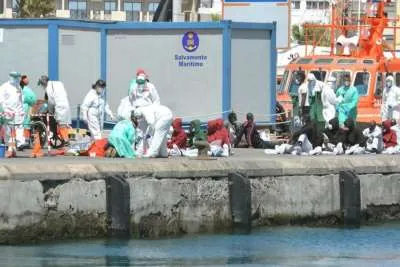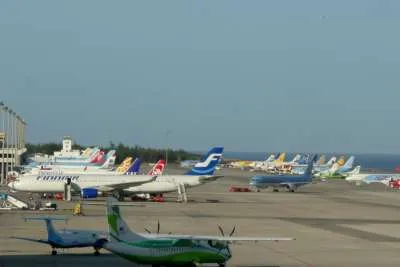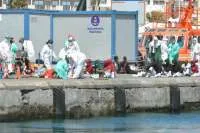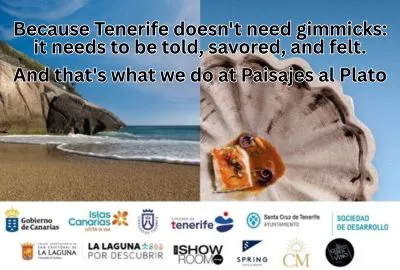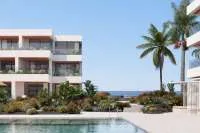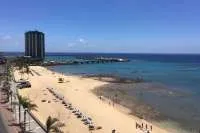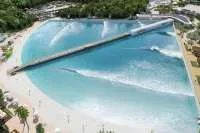Planning a holiday in the Canary Islands: Best time to visit, cost, and top places to go
- 31-07-2024
- Travel
- Canarian Weekly
- Photo Credit: Turismo de Canarias
The Canary Islands are among the most beautiful, exciting places to travel to and admire, and the stunning landscapes offer various activities for every kind of traveller. Cultures, climates, and cuisines intersect in a very particular way here. The Islands have something for any taste, from spending holidays on wonderful beaches and exploring volcanic landscapes to participating in vivid festivals. Thus, planning a trip gets both inspiring and overwhelming.
This article will help you plan the perfect holiday to the perfect spot. Read on to find the best Canary Island for you to visit, estimated cost, and time of year.
BEST TIME TO VISIT THE CANARY ISLANDS
The destinations enjoy a mild climate all year round, meaning you can explore them any time of the year. However, individual tastes and diversions determine the correct time for visiting.
Temperatures are very amiable from March to May and September to November, making it a very popular winter destination. Besides having cheap flights to the Canary Islands, it's also the ideal time for those who like to avoid the summer crowds yet bask in the warmth. During those months, daytime temperatures lie between 20°C and 25°C - the right time for outdoor activities or simply basking on the beach on your preferred Island.
Summer defines the high tourist season from June to August. Families and sun lovers flock to the islands during these periods and spend their time under long sunny days with warm sea temperatures. The Canary Islands weather is too hot, but the ocean breeze makes it comfortable. This season is when surfing, snorkelling, and diving are recommended.
Winter, from December to February, is the high season, with numerous visitors coming here from colder parts to escape the harsh winter. Though cooler than summer, the temperatures remain more favourable at 18-22°C. This season could be an excellent time for hiking and visiting natural parks when they are free of summer heat.
COST OF A CANARY ISLANDS HOLIDAY
There are holidays to the islands to suit every pocket. For budget travellers, the cost of staying in hostels or budget-based hotels is approximately €20-€50/night. Eating in cheaper restaurants costs around €10-€15/person. Budget travellers can pay just €1.50-2.50 for transport by bus, meaning they will most likely spend around €50-€70 per day.
For the midrange traveller, there are three-star hotels. They usually cost an average of between €60-100/night. In mid-range restaurants, consider cuisines at around €20-30/person. Now, renting a car is essential to drive around the islands at roughly €30-50/day. Therefore, you will need about €100-150 daily for a nice and comfortable stay.
For high-end travellers, five-star properties provide high-quality amenities, usually more than €150/night. The charges for fine dining at select, expensive luxury restaurants might add up to €60-€100/person. With private tours and special activities, the costs can escalate. So, for high-end travellers, be ready to incur €300+ each per day for a luxurious holiday.
Add to that the daily expenses and then the flights to the Canary Islands, which will differ according to your location and the time of year.
TOP PLACES TO TOUR IN THE CANARY ISLANDS
The Islands are full of breathtaking spots from north to south. Here are some top places that shouldn't be missing on your trip.
Teide National Park Tenerife
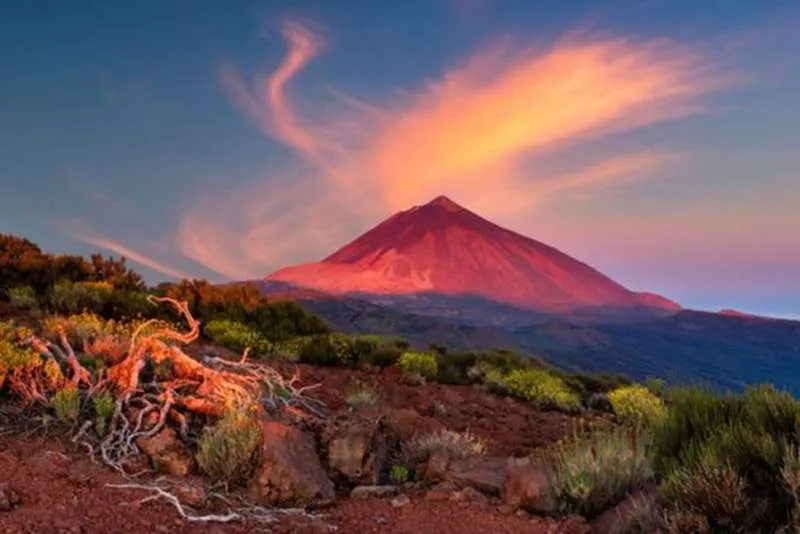
Tenerife is home to Mount Teide, the tallest peak in Spain and one of the biggest volcanoes worldwide. Different landscapes stretch within it, from rugged lava fields to lush forests. The summit's altitude is 3,718 metres, and reaching it is popular with hikers.
For people not so inclined toward hiking, which is one of the free things to do in Tenerife, a ride on the cable car offers equally wonderful views without the exercise. Besides being one of the places to visit in Tenerife, the park is also listed as a UNESCO World Heritage destination. The title recognises its natural beauty and typically the geology site.
Timanfaya National Park
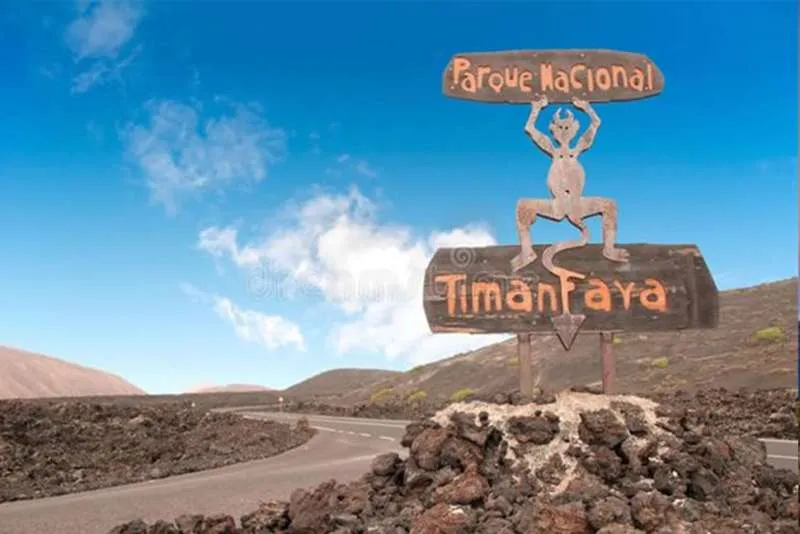
The Timanfaya National Park forms the legacy of Lanzarote's volcanism. The eruptions of the 18th century created the park’s unique landscape, resembling the moon's surface. At the park, guided bus excursions with various stops allow tourists to witness geothermal demonstrations and learn about the island's volcanic history. El Diablo restaurant, located inside the complex, utilises geothermal heat while cooking, thus making it a special way to dine with a view across volcanic landscapes.
Beaches of Gran Canaria
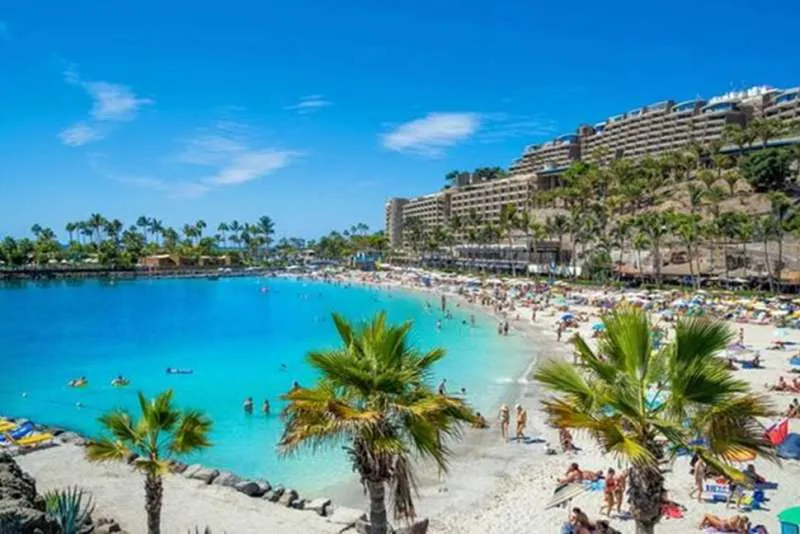
Gran Canaria stands out for its variation of magnificent beaches. Playa de Las Canteras in the capital, Las Palmas, is one case. It's a lively urban beach with golden sand and clear waters, perfect for swimming/snorkelling. But for an even more fantastic journey, try el Playa de Güigüi. It's a remote, isolated beach reached by only a difficult hike or boat ride. Generally, each beach gives a distinct feel; amongst them are even family-friendly ones and secluded bays for adventure seekers.
The Beaches of Fuerteventura
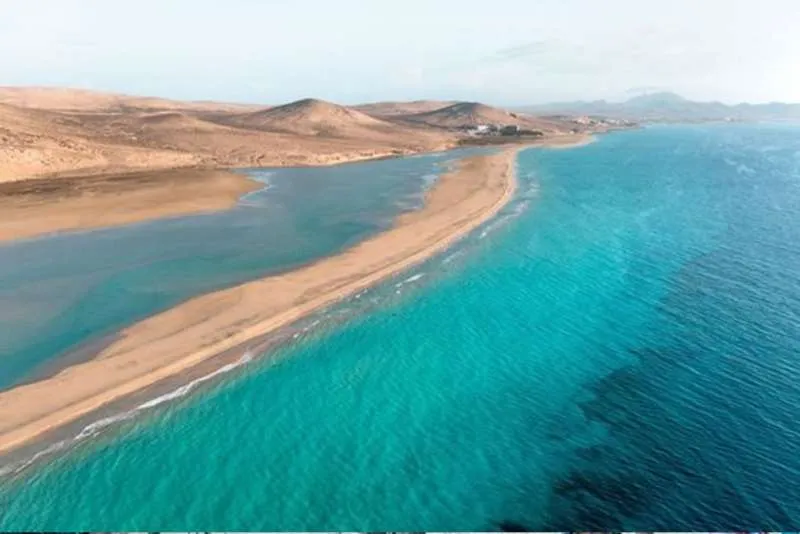
Fuerteventura has some of the most magnificent beaches in the world. The Natural Park of Corralejo is a good example, standing out with miles of white sandy beach. It's a unique space characterised by crystal-clear turquoise water. The strong breezes are another attractive aspect, hence a windsurfers' and kite surfers' paradise. Or explore Playa de Cofete if you prefer a secluded spot famous for its ‘popcorn’ sand and wild beauty and peacefulness of the location.
Gran Casino Lanzarote
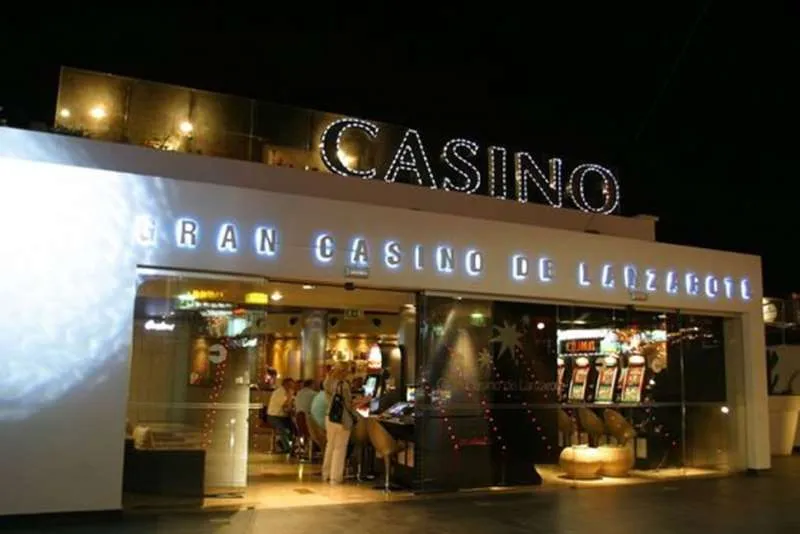
Gran Casino Lanzarote, located in Puerto del Carmen, provides a 'touch of glamour and excitement' to the island. This land-based and online casino in Spain has become one of the main places where most tourists test their luck. It is rated as one of the top-notch casinos in Spain by TestCasinos.org experts, who are known for trustworthy reviews on land-based and online casinos. Per these expert reviews, visitors can play traditional table games and slot machines and participate in poker tournaments. The casino also hosts live shows and gourmet dining, making it an ideal destination for that momentous night out.
Las Palmas de Gran Canaria
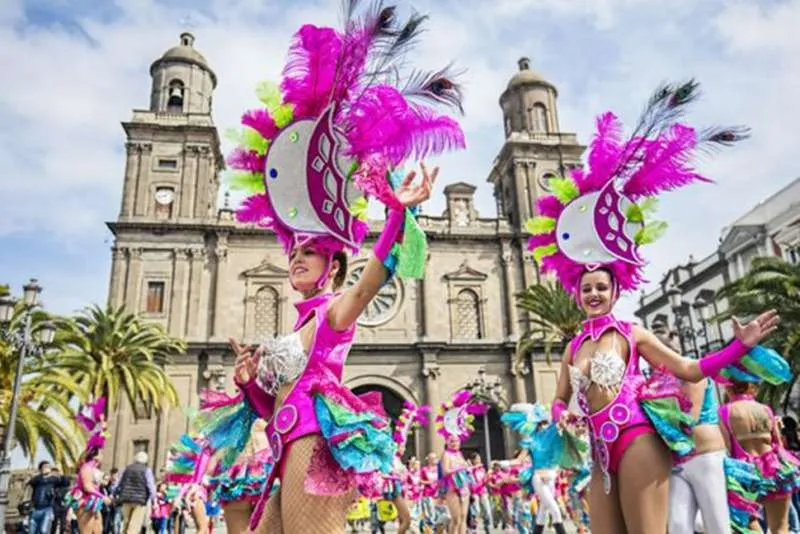
The capital of Gran Canaria is Las Palmas, which is the best area to stay in for history and culture. The Vegueta area is a World Heritage site with cobble streets, colonial architecture, and historic monuments such as the Santa Ana Cathedral. The beautiful urban beaches around Playa de Las Canteras and the excellent nightlife make the picture excellent for pure relaxation and excitement.
Hike to Roque Nublo, Gran Canaria
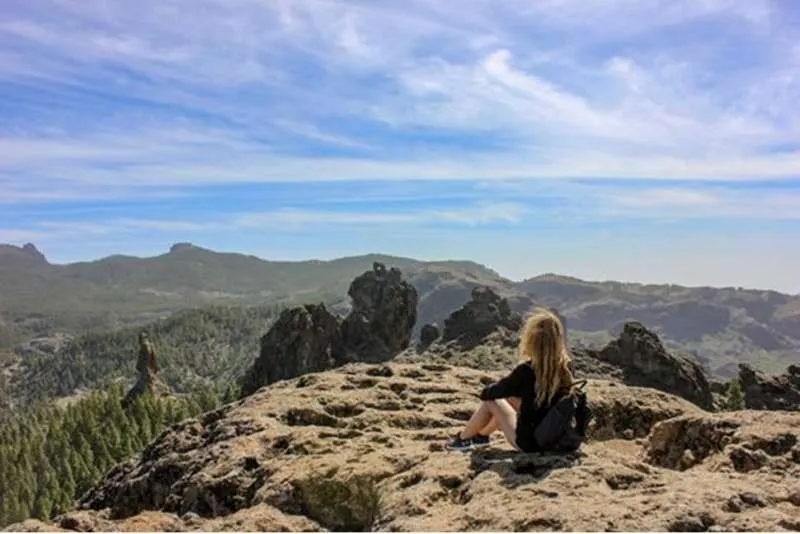
One of the real symbols of Gran Canaria is the striking volcanic rock formation Roque Nublo. A medium-level trek with great views of the landscapes of Roque Nublo. The 1,813-metre granite monolith casts light to wider views over the island and beyond. Hiking in Gran Canaria in January is one of the unique ventures undertaken to chase down the natural beauty of the Canary Islands, and it speaks to nature enthusiasts.
Carnival of Santa Cruz de Tenerife

The Santa Cruz Carnival is a yearly festival in February and is second behind Rio as the largest carnival in the world. An elaborate parade supplemented with musical performances, orchestrated dances, and fancy-dress presentations headlines the carnival events. Participation in the carnival is an unforgettable experience in Canarian culture and can also let one enjoy a lively atmosphere filled with much joy.
Parque Nacional de Garajonay
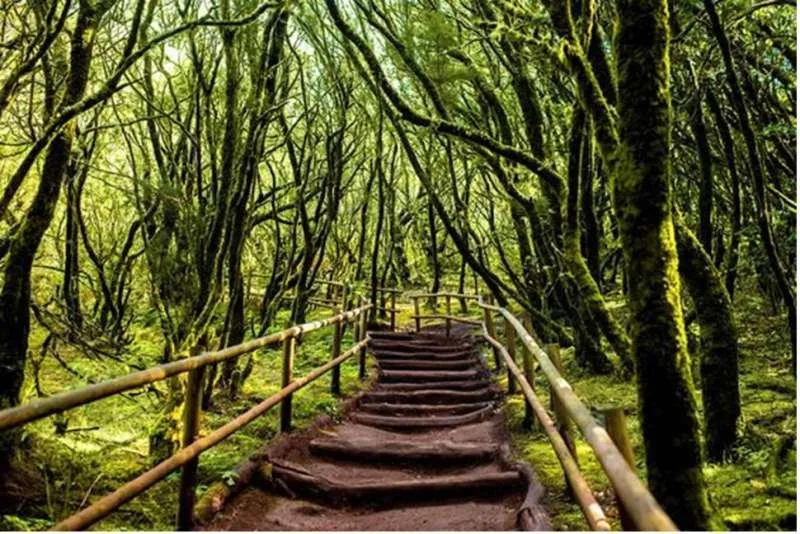
Located on the island of La Gomera, this is an intense, green national park. It's the UNESCO World Heritage site clothed in ancient laurel woodlands; the subtropical forest's remains that covered most of Southern Europe millions of years ago. It has various treks along its dense vegetation, misty mountains, and serene valleys. It's a nature lover's haven, the prettiest Canary Island of serendipity and tranquillity away from the racket of the more populated islands.
FAQs
● What is the cheapest month to visit the Canary Islands?
The least expensive time is the beginning of December or the end of January, before and after the busy Christmas season.
● Which Canary Island is the best value for money?
Lanzarote is top for value, from well-priced accommodation to the many free attractions available during the trip.
● Which Canary Island is most beautiful?
Tenerife, the largest Canary Island, takes it for its varied landscapes, comprising beaches, forests, Mount Teide, and others.
● What is the most expensive section of the Canary Islands?
The most expensive part of the Canaries is normally Tenerife, particularly the resorts in the south of the island.
● Which Canary Islands are most touristic?
Tenerife and Gran Canaria have the highest number of tourists annually.
Other articles that may interest you...
Trending
Most Read Articles
Featured Videos
A Vision of Elvis Tenerife Promo
- 10-05-2025
Tenerife Travel Guide
- 13-12-2024
Live webcam from Lanzarote airport
- 13-12-2024


